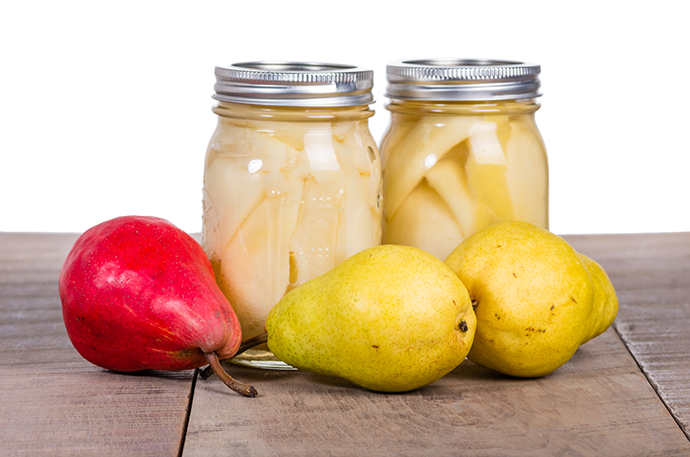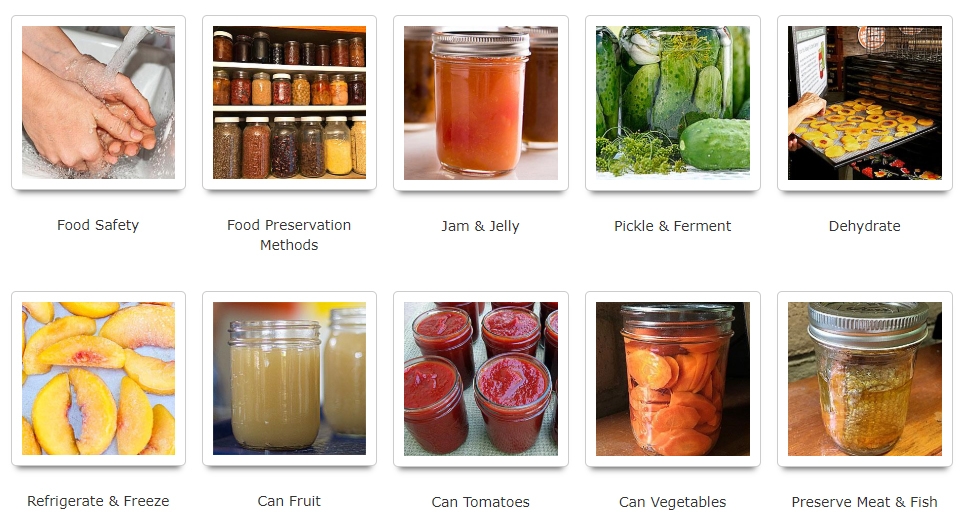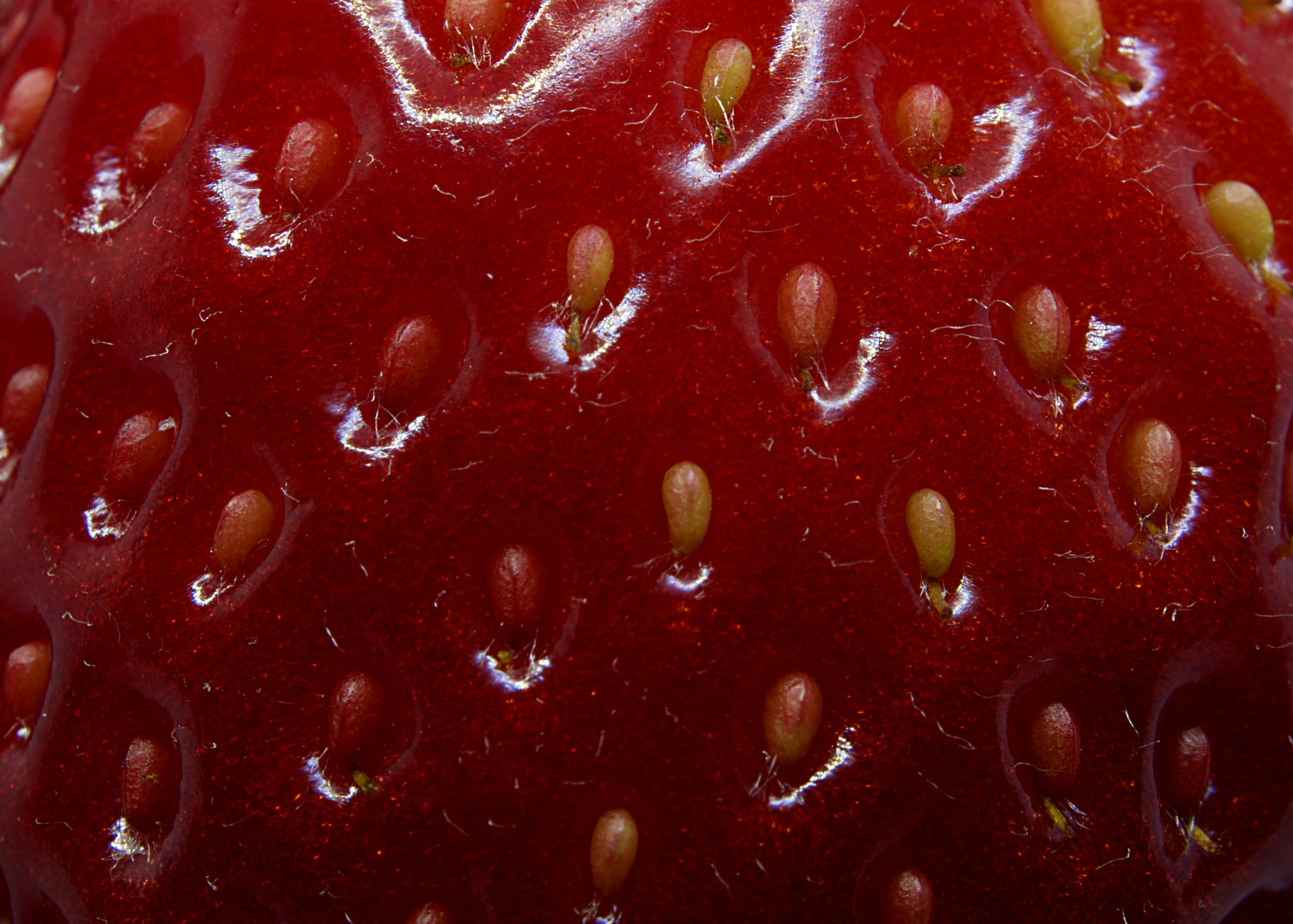
How to Build a Root Cellar
On This Page How to Build a Root Cellar One Great Way to Build a Root Cellar Root Cellars For Survival How to Build A Root Cellar A root cellar doesn’t need to be large. A five-by-eight space can hold up to 30 bushels—more than enough for most families. To maximize storage and to keep things organized, install slatted shelves along the walls. Different types of produce have different storage requirements. If you’re serious about learning how to build a root cellar, research the recommendations for the specific fruits and vegetables you plan to keep there. With the general advice above, however, you should be well on your way to winter’s worth of healthy, fresh eating. Yum! For those unfamiliar with the term, a root cellar is an underground room that acts like a natural refrigerator, maintaining temperatures in the mid 30's f in the winter and mid
read more →
Food Safety Concerns for Root Cellars
On This Page Food safety with mail order food Food Safety and Storage Connect with Extension Food Safety Your Nutrition and Food Safety Resource. Nutrition, Health, and Food Safety Food safety with mail order food Food preservation is one of the most important inseparable parts of human life. If you are using mail order to order food to store in your root cellar for a rainy day or the apocolyps, you might want to consider some facts. To increase the shelf-life of the food products, application of various methods such as drying, storage in vinegar under acidic condition, canning, freezing, fermenting, dry salting, curing, smoking, and sealing have been suggested. Although the traditional methods of food preservation guarantee its safety, application of these methods in food systems promotes the loss of temperature sensitive compounds, denaturation of proteins, alteration of
read more →
Farmers Markets Can Be A Great Source For Putting Up
On This Page Handling and storing fresh fruits Farm Fresh Fruits and Vegetables How To Make and Freeze Your Own Fresh Fruit and Veggies Handling and storing fresh fruits Gardeners and other lovers of fresh produce are often interested in extending the season's bounty by learning more about preserving fruits and vegetables at home. Ohio state university extension family and consumer sciences teach the basics of home canning and preservation through demonstrations and workshops. So do lots of other states. We emphasize the science behind preservation so that everyone who cans or freezes fresh fruits and vegetables understands why certain procedures must be followed precisely to ensure a high-quality, safe product that they and their family can enjoy. There are lots of benefits when you get good at storing food: you reduce food waste , which saves money and
read more →
Dehydrating Food For Later Use
On This Page The Case for Dehydrating Preserve Food at Home by Dehydrating Drying or Dehydrating The Case for Dehydrating The precise mechanism by which salting preserves food is not entirely understood. It is known that salt binds with water molecules and thus acts as a dehydrating agent in foods. A high level of salinity may also impair the conditions under which pathogens can survive. In any case, the value of adding salt to foods for preservation has been well known for centuries. Preserve Food at Home by Dehydrating Answers to frequently asked dehydrating and canning questions can be gotten from the National Center for Home Food Preservation. They offer a guide to proper canning, ways to make sure your jars don't spoil, tips for proper canning, and extending the life of your canned food, dehydrating, and the like. How to can, freeze, dry and preserve any fruit or vegetable
read more →
Canning To Stock Your Root Cellar
On This Page Canning – Water Bath Canning, Steam Canning and Pressure Canning Can I use a pressure canner for water bath canning? The Case for Canning Food Preservation Methods: Canning Home canning equipment Canning – Water Bath Canning, Steam Canning and Pressure Canning If you have a pressure canner, you may use it for water bath canning by leaving the vent open. If your canner has a rubber overpressure plug, remove it for venting if desired. Please be careful using a pressure canner for water bath canning. Some people noted that they get a slight pressure build up inside their older units, leading to a release of hot steam when the lid is opened. Loosely covering the canner with the lid (instead of locking it on) helps prevent steam buildup. The basic procedure for canning food is actually easier than you would think. The essential steps are the following:
read more →